Notsuke Peninsula Attractions
Notsuke Peninsula, located in Betsukai Town in the eastern part of Hokkaido, is a narrow peninsula about 26 km long, known as the largest sand spit in Japan. Jutting out into the Sea of Okhotsk, the peninsula offers a spectacular view that is truly worthy of being called “the end of the world. Especially in winter, Notsuke Bay freezes over, creating a 360-degree silvery-white world that fascinates visitors. This peninsula is also part of the Notsuke Furen Provincial Natural Park, where visitors can enjoy nature in all four seasons, but the frozen sea and wildlife encounters in winter are exceptional.
For more detailed information, please refer to the official website. The Notsuke Peninsula Nature Center offers guided tours of the area and up-to-date information. You can also check the Betsukai-cho Tourist Association for access information and nearby tourist spots. In addition, we also recommend Visit Hokkaido’s Notsuke Peninsula page as a sightseeing guide for all of Hokkaido. These sites will help you plan in advance.
Access and Preparation for Notsuke Peninsula in Winter
The nearest airport to Notsuke Peninsula is Nakashibetsu Airport, which is about 50 minutes away by rental car. Public transportation is limited, so we recommend that you travel by car. It takes about 2 hours by car from Kushiro City and less than 1 hour from Nemuro City, making it a convenient base for sightseeing in East Hokkaido. Winter roads are slippery with snow and ice, so choose a car with studless tires and prepare chains. To reach the Nature Center, take Road 950, but be careful when snow accumulates.
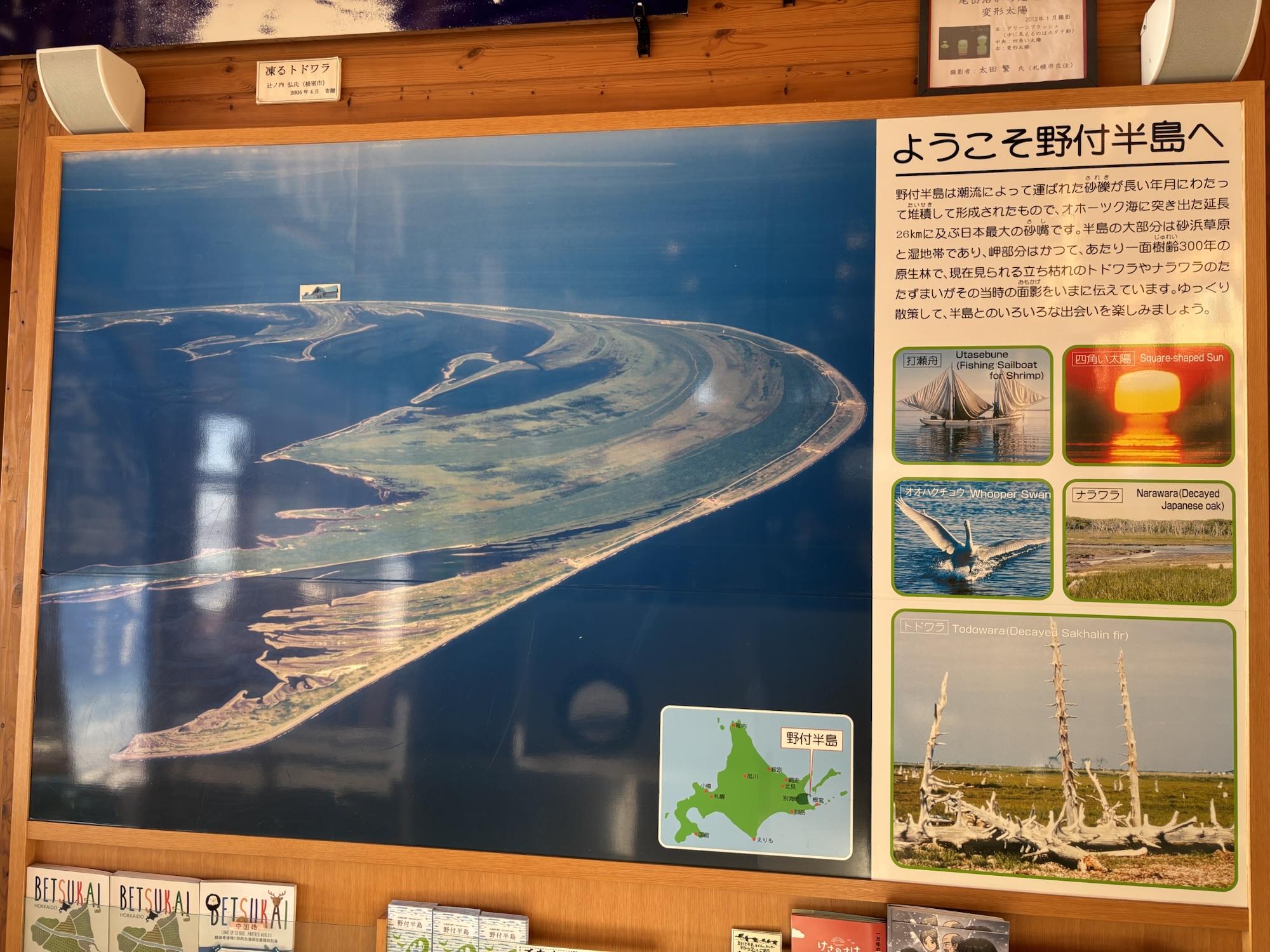
Dress for the cold. It is not unusual for temperatures to drop below -10°C. Waterproof boots, a heavy coat, gloves, hat, and neck warmer are essential. It is safer to rent non-slip shoes or snowshoes for tours, especially when walking through icy waters. Don’t forget binoculars and a camera for wildlife viewing. Do not feed the animals at the site, and be sure to observe good manners so as not to get too close to them. With these preparations, you can enjoy your visit in comfort.
Special Experience of Walking on the Frozen Sea
The highlight of winter on Notsuke Peninsula is the “Ice Flatline Walk,” a walk on the frozen waters of Notsuke Bay. The shallow bay is completely frozen over, creating an endless expanse of ice. I joined a guided tour and set out on snowshoes. The footing was a bit unstable, but as I listened to the guide’s explanation, I was amazed at the 360-degree white horizon. The sense of perspective is lost, and you feel as if you are in another world.
The actual ice thickness varies from place to place, and it is dangerous to walk without a guide. The tour will choose a safe route for you, and along the way you will see cracks in the ice and hear the sound of drifting ice. It was a two-hour walk, and we were continuously impressed without feeling tired. What I learned from this experience was the power of nature. The best time to visit is from January to March, and advance reservations are recommended. A fun photography tip is to use a wide-angle lens to capture the horizon and capture it in a trick art style. 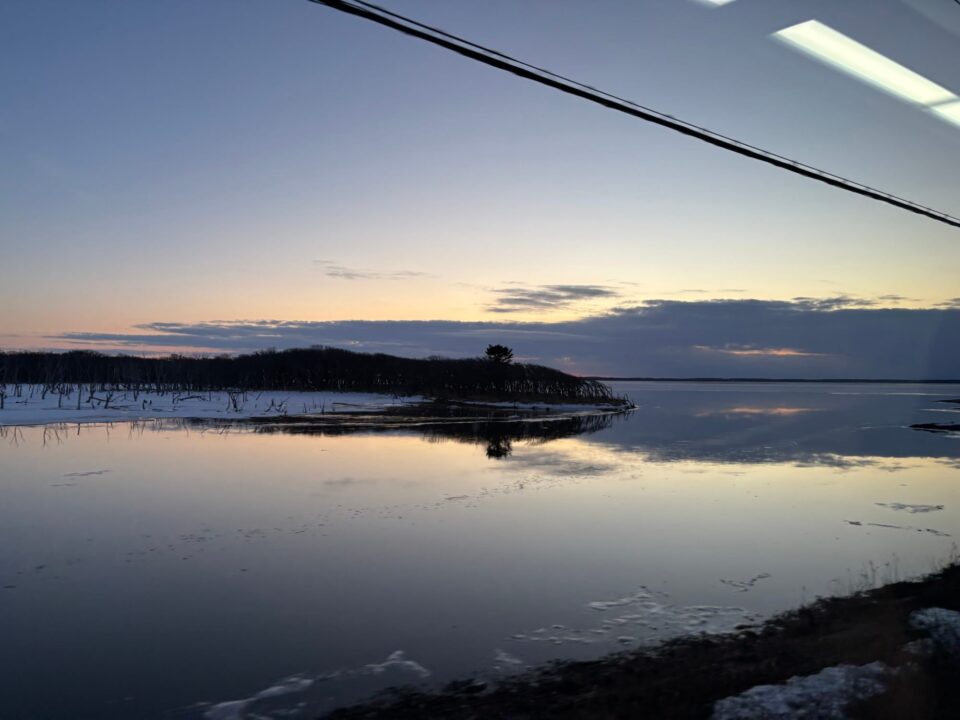
Also, head to the forest of standing dead trees called Todowara, where an eerie and beautiful landscape surrounded by ice awaits. The land is sinking due to sea water erosion, symbolizing the ephemeral nature of the area. In winter, it is covered with snow, giving it a fantastic appearance different from that of summer. Just standing quietly in this place seems to purify the mind.
Heartwarming Encounters and Photography with Wild Animals
Notsuke Peninsula is a paradise for wild animals. In winter, Ezo sika deer, red foxes, white-tailed eagles, Steller’s sea eagles, and other animals tend to gather here and can be observed from the car windows. Driving slowly along the roads of the peninsula, I spotted a herd of Ezo sika deer walking on a snow field. I shot a series of photos of a male deer with magnificent antlers as he moved about in his leisurely fashion. The foxes were friendly and approached me, but I kept my distance and did not feed them. A white-tailed sea eagle casts a piercing glance over a branch, and it is thrilling to capture the moment it spreads its wings and flies away.
As a photographic tip, a telephoto lens (200 mm or more) is essential. Animals are unpredictable, so use continuous shooting mode and wait for the right opportunity. In snowy landscapes with strong light, adjust the exposure compensation to about +1 to prevent white splash. Also, knowing the animal’s ecology will help you get better shots. For example, Ezo sika deer form herds in winter, and foxes have the habit of targeting fishing residues. If you take advantage of these, you can capture natural behavior. My album was full of satisfying shots of foxes kicking snow and eagles diving. 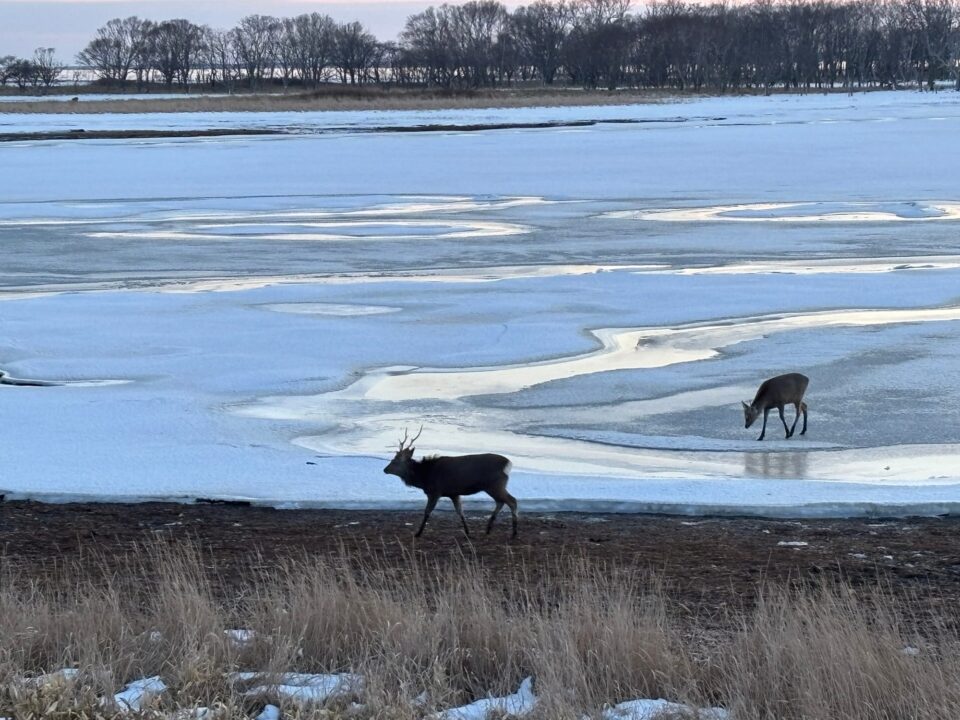
However, be strict in your observing manners. Do not stress the animals and do not step off the road. These rules support sustainable ecotourism. Contact with the wild reminds us of the connection between life.
A deeply moving moment overlooking the Northern Territories
From near the tip of Notsuke Peninsula, Kunashiri Island in the Northern Territories is clearly visible across the Sea of Okhotsk. On a clear day, the shadow of the island is clearly visible and can be seen in detail through a telescope from the Betsukai Northern Observation Tower. I climbed the tower and reflected on the history of the island as I gazed at its mountains. When I think of those islands as the stage for territorial disputes, the preciousness of peace comes to mind.
This view is not just a landscape, but a thought-provoking one. The four northern islands are unsettled between Japan and Russia, but seeing them firsthand in a place like this adds to the reality of the issue. When visiting, check the opening hours of the observation tower (May-Oct: 9:00-17:00; Nov-Apr: 9:00-16:00). In winter, the contrast between the snowy landscape and the island shadows is beautiful and photogenic. On my trip, I sat quietly in this spot, contemplating the complexity of international relations and deepening my own values.
A useful tip is to visit facilities that have exhibits related to the Northern Territories. For example, learning about the history of the Northern Territories at the Northern Territories Museum in Nemuro City will add depth to your trip. This combination will turn sightseeing into learning.
Private Wisdom Summary
A winter trip to Notsuke Peninsula taught me the grandeur of nature and the smallness of human beings. As I walked through the frozen sea and photographed the wildlife, I felt that everything was temporary and ephemeral. The view of the Northern Territories sprouts a desire for peace that transcends boundaries. The personal wisdom I gained from this experience is to “live in the moment. Time spent away from the hustle and bustle of everyday life and facing yourself in the farthest reaches of the world will be food for your life. Why don’t you take a trip to Notsuke Peninsula for such introspection?
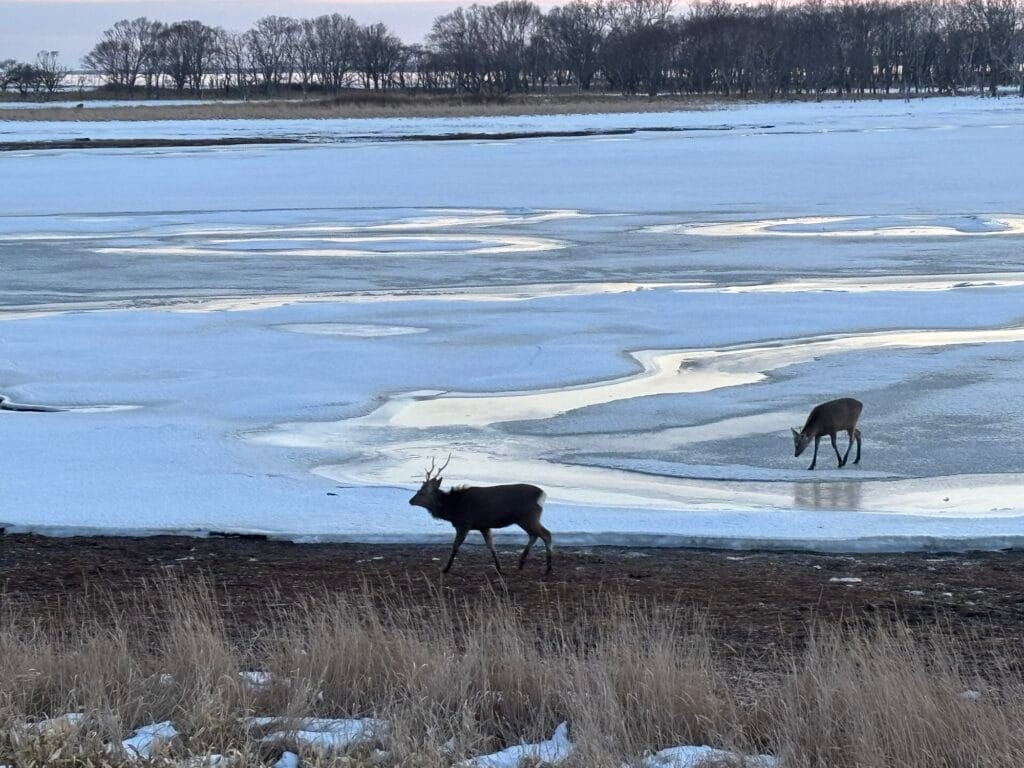

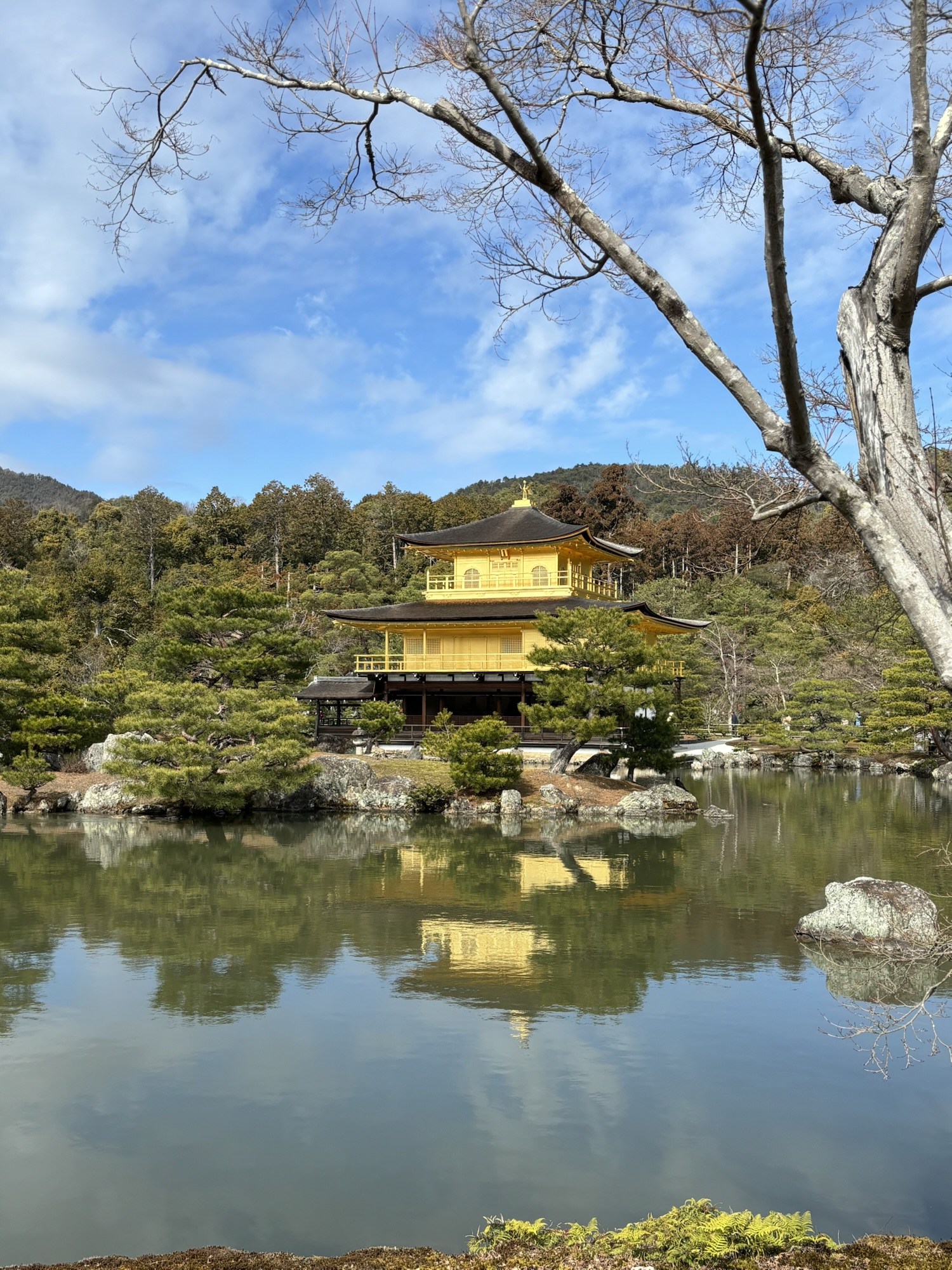
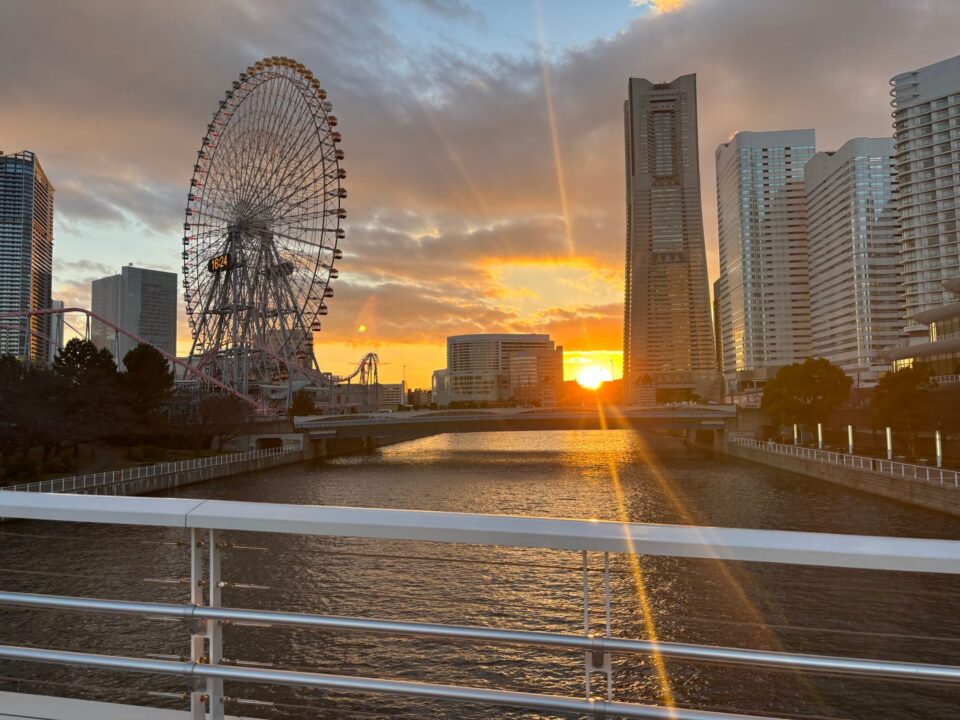

Comments